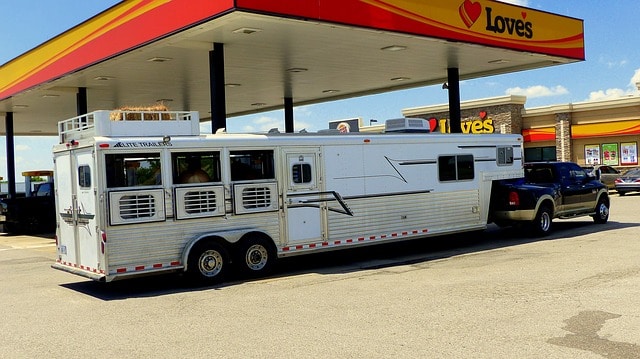Using Cost Analysis for Valued-added Price Setting
There is always a struggle determining the price you should charge for your services. And there are endless ways to set your price structure. However, the first step in any pricing structure has to be a cost analysis. Knowing what it cost you to provide a service is high priority for every business.
How much does it cost for you to keep a horse on your property? Most of us don’t know. We guess because we know what feed cost and we know what hay cost. But to really know your true cost, you need to look at ALL cost. And you need to write it down, or have it on a spreadsheet, so you can see it. None of us have the same cost. My cost at Pony Paddock is much different than my competitor’s at the facility 2 miles from me. If you don’t start understanding your cost you are likely to end up losing money on the services you provide.
As an equine professional a lot of us, call around to see what others are charging. And we base our prices on the local market. This is referred to as competition-based pricing. This is not the way I would recommend setting prices. It does serve as a gage and will provide input. But if your cost are different or your services are different you may find yourself losing money. We do need to consider the local market when pricing our services. However, the local market can’t be our only indicator.

Cost plus pricing is another method of setting prices. This method is seen a lot in the construction industry. When I contract to build a new section of fence, my fence person gives me an estimate of materials and then double the materials as his labor cost. This method of price setting will make sure you make money but may not optimize your profit. This is not the method you want to use in setting prices in a service-based industry like ours. However, we do need to know our cost.
Value-added Pricing sets prices based on what the customer is willing to pay based on their perceived value. This is the best pricing method for those of us in the equine industry. In order to establish a value-added pricing structure, you need to 1) listen to your clients, 2) determine market value, 3) identify price range, 4) identify your clients breaking point, 5) Give your clients value for their money. Value-added pricing can be very effective when planned and researched. It does take more time, and must to an on-going process due to changing client values.
There are examples of value-added pricing in every industry, but coffee and Starbucks, is the first one to come to mind. Americans flock to Starbucks in droves. And they spend as much on one cup of coffee as they would for an entire month of coffee if they made it at home. The auto industry is another example. A Mercedes-Benz and a Toyota will both get you where you want to go. But the perceived value differs.
If you would like help analyzing your cost of services, establishing a value-added pricing structure, and growing your business email me at Molly@ordinarydressagerider.com. Or click the link below to schedule an Initial Consultation.





